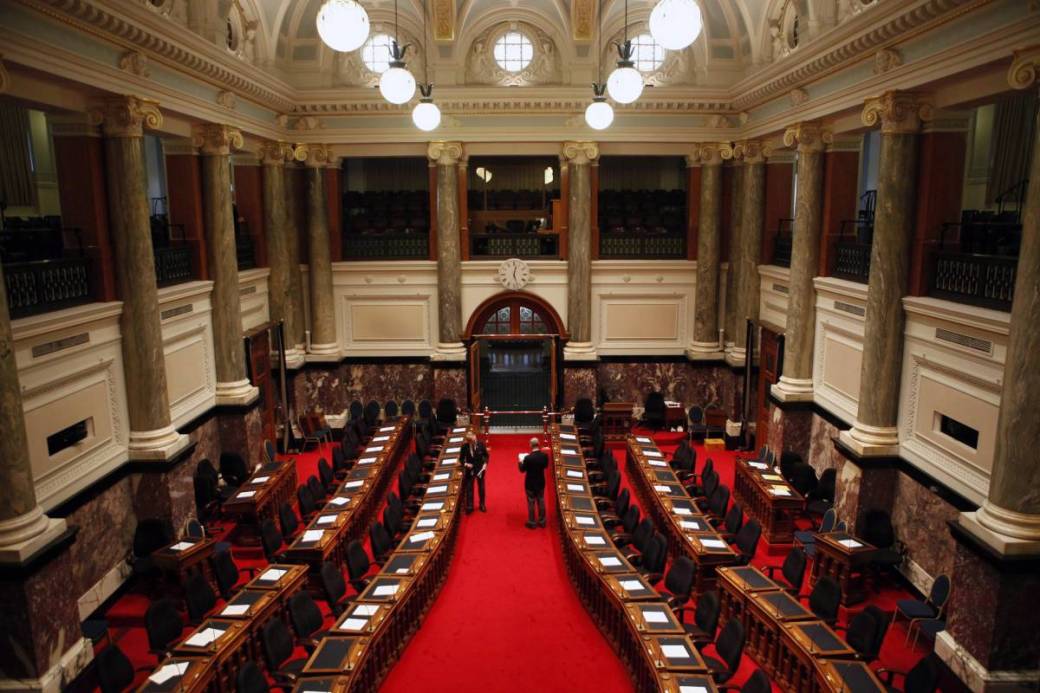
In recent years, much of the discussion of democratic reform in Canada has focused on two themes: proportional representation and party discipline. To some observers, this pairing seems paradoxical. After all, the movement for proportional representation stresses the importance of political parties in a representative democracy, while critics of excessive party discipline stress the ways that parties can undermine the representative responsibilities of individual legislators. Some critics even go so far as to argue that parties ought to be abolished altogether.
The appearance of a paradox, however, is an illusion. Although proportional representation cannot satisfy those who call for an end to party politics, there is a strong affinity between the case for PR and the concerns of the moderate critics of party discipline. This follows from the fact that although party cohesion tends to be higher under any form of PR than it is under FPTP, PR tends to produce a larger number of competitive parties.
The main criticism of excessive party discipline, I take it, is that it results in a legislature that is less reflective of the full range of public opinion on political matters. At its most extreme, this makes legislators mere placeholders for their party leaders. And because there are usually only two or three party leaders in the legislature, the legislature is completely dominated by just two or three perspectives. Although in practice a leader must pay attention to the views of their caucus in order to remain in power, members can only express themselves freely in caucus meetings that are closed to the public. And even then, the leader — who normally enjoys a separate mandate from the party membership and exercises unrestricted control over disciplinary measures up to and including the right to expel a sitting member from the party or block their nomination — has an enormous amount of leverage.
Proportional representation presents a partial solution to this problem. This works in two ways. First, PR almost always increases the number of parties in the legislature. Even assuming that the simplified picture presented above holds true at all times, this means that the legislature will still do a better job of reflecting the full range of public opinion. Second, PR reduces the leader’s leverage by lowering barriers to entry for new parties. The threat of expulsion or a vetoed nomination has significantly less force if it is relatively easy for a group of renegades to set up a new party with a reasonable prospect of being returned to the legislature in the next election. This is likely to lead to a freer exchange of ideas within closed caucus meetings as well as in public proceedings of the legislature and its committees.
Finally, it should be noted that enacting PR is entirely consistent with other measures that have been proposed to restore balance to party discipline, such as legislating a procedure that caucus members can use to remove party leaders, transferring sole control over nominations to riding associations or regional bodies, and subjecting the most severe sanctions for members to the collective control of the party caucus rather than the leader.
These measures may sound familiar; all of them were included in the early drafts of Michael Chong’s Reform Act. By the time the Reform Act passed, unfortunately, every one of its provisions had been watered down to the point of meaninglessness. While the movement for proportional representation in Canada remains strong and continues to bear fruit, the other major theme in the conversation about democratic reform seems to have petered out for now. Given that these themes are in fact closely related, however, citizens who are still concerned about excessive party discipline in BC and the country at large have good reason to get behind proportional representation.
A wonderful breath of clear, fresh air! Many pundits, not to mention backbenchers privately, agree an excessive concentration of power under the party leaders has developed with our old first-past-the-post voting system, both provincially and federally in Canada.
It’s true proportional representation is not a cure-all, because it merely ensures voters get what they voted for. Opponents of PR will be quick to point out that voters in countries like Malta and Hungary use PR to put heavy-handed leaders in place, just like we get with FPTP.
But PR gives voters more control over it. For example, in Ireland with the Single Transferable Vote the voters use it to elect representatives who are bordering on having excessive constituency loyalty, although party loyalty is still strong. Similarly, in Germany with Mixed-Member Proportional (=Additional Member System) voting, Canadian researcher Andre Blais and company published just last month how voters there select their candidate first and then their party. This must give the representatives elected there, under MMP, more individual autonomy than is the case in Canada. Here almost all voters vote by party, which inevitably results in the party and party leader having excessive control over the representatives. This condition of having more democratic, group decision-making in Germany and Ireland (in place of our arrogant premiers and prime ministers making arbitrary personal decisions) has no doubt evolved over time due to the increase in the number of political parties and consequent need to form coalition consensus with PR.
LikeLike